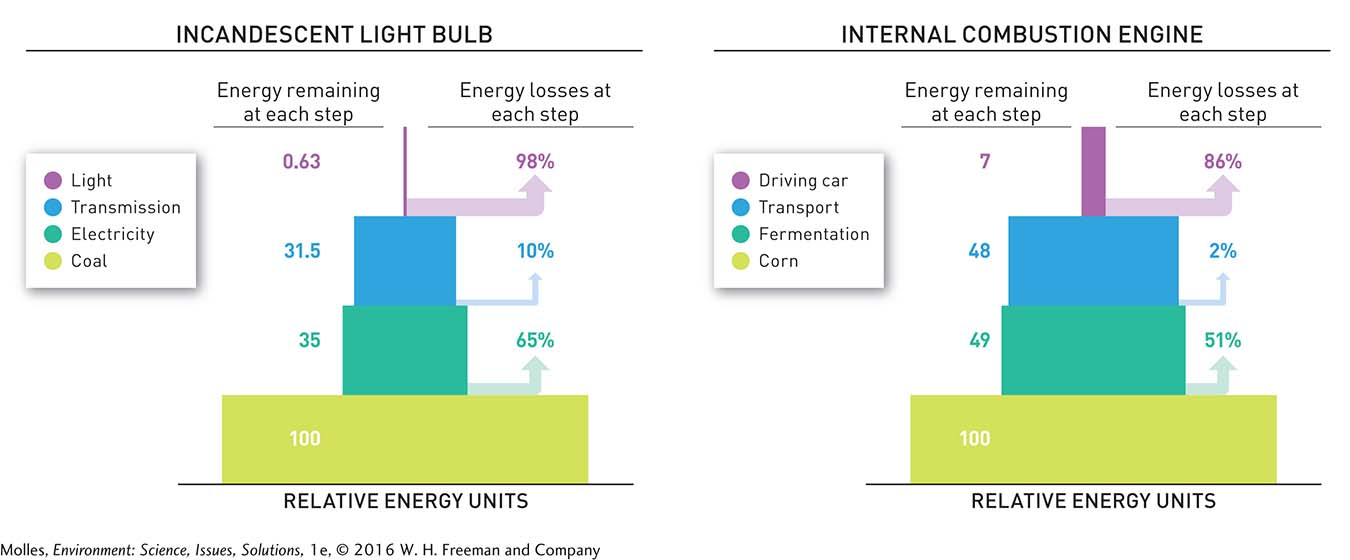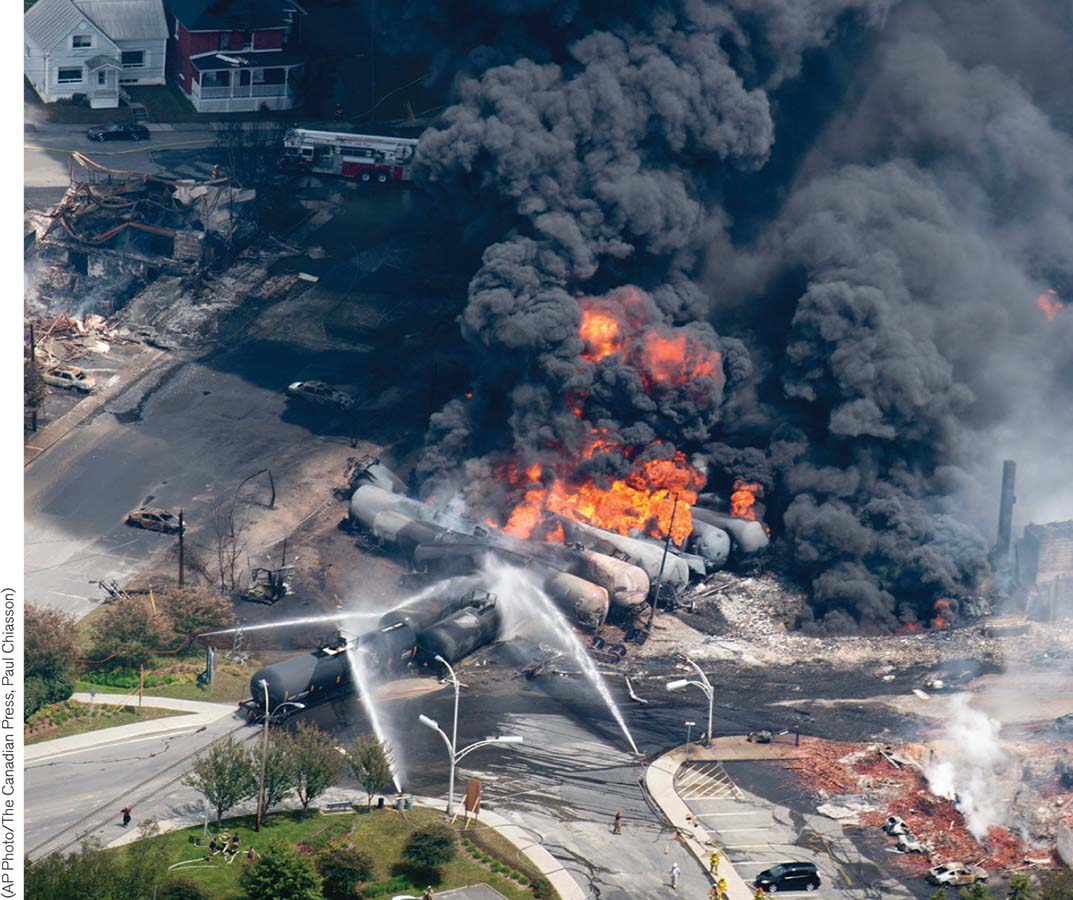2.5–2.7 Issues
The economy in the land of the Maasai has continued to evolve over the last century. On July 7, 2000, the East African nations of Kenya, Tanzania, Uganda, Rwanda, and Burundi established an organization called the East African Community (EAC) to further economic growth. Between 2005 and 2010, the total value of goods and services produced in the EAC increased by 70%. And while agriculture remains the dominant economic sector of the region, there has been substantial growth in manufacturing and energy production. For example, between 2001 and 2010, the number of people employed in manufacturing in Kenya, the largest country in the EAC, grew by 24%, and consumption of electricity in the country increased by nearly 40%. This is all good news, but environmentalists are also concerned that a shift from low-
When such concerns are raised about the environmental impact of economic growth, we often hear that the choice is between a healthy environment and a healthy economy. The alternative, some might say, is to leave the people of Africa living in poverty. How did we develop this view? In the traditional societies around Earth, the relationship between a healthy productive ecosystem and economic health was clear. When the Maasai people first brought their cattle to East Africa, they altered the existing ecosystem and established an economic system atop it. Their cattle, like the native wildlife, depended on the primary production of grasslands, which meant that their early economy was intricately linked to the health of the environment. Such clear connections are not always so obvious today, where people buying beef in shrink-
2.5 Energy fuels, and limits, the economy
Because economic systems are subject to the same physical laws governing ecosystems, they require inputs of energy and matter in order to keep functioning. The energy sources important to today’s economic systems include the fossil fuels and renewable energy sources used to generate electricity, run transportation networks, and heat and cool homes and businesses. Energy and matter also enter the economy as the food consumed by people, pets, and livestock. Economists have historically considered the supply side of a market economy to be determined by human industry, such as manufacturing or resource extraction, but we now recognize that our resources are not unlimited and that our activities can have a wide range of impacts on our lives.
Let’s take a look at how some of the physical laws we’ve explored impact the economy. As predicted by the second law of thermodynamics, the energy flowing through an economic system is reduced in quality with each transformation or with each bit of work done. Consider, for example, the path followed by the electrical energy powering a 60-

Although less drastic, similar energy losses occur along the energy pyramid describing the flow of energy from the production of corn-
You can observe that the overall pattern of energy distribution along these flow paths takes the shape of a pyramid, much like that observed by ecologists in ecosystems. Human economies sit at the top of the energy pyramid and grow by tapping into natural ecosystems and Earth’s resources. Because of energy losses resulting from the second law of thermodynamics, both ecosystems and economic systems require continued inputs of energy to sustain their functions. This need to keep energy flowing through modern economies to keep them productive has been a source of environmental disruption and loss of human lives (Figure 2.18).

Think About It
How is the flow of energy through natural ecosystems similar to energy flow through economic systems? How are they different?
Why is the functioning of modern economies so intimately tied to the production and marketing of energy sources such as fossil fuels and electricity?